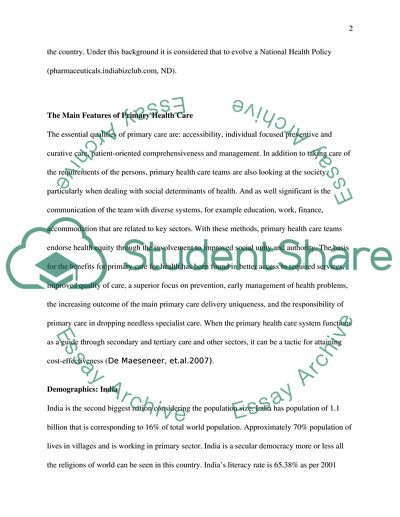Cite this document
(Comprehensive Primary Health Care Approach: Case of India Study, n.d.)
Comprehensive Primary Health Care Approach: Case of India Study. Retrieved from https://studentshare.org/health-sciences-medicine/1724730-comprehensive-primary-health-care-approach-india
Comprehensive Primary Health Care Approach: Case of India Study. Retrieved from https://studentshare.org/health-sciences-medicine/1724730-comprehensive-primary-health-care-approach-india
(Comprehensive Primary Health Care Approach: Case of India Study)
Comprehensive Primary Health Care Approach: Case of India Study. https://studentshare.org/health-sciences-medicine/1724730-comprehensive-primary-health-care-approach-india.
Comprehensive Primary Health Care Approach: Case of India Study. https://studentshare.org/health-sciences-medicine/1724730-comprehensive-primary-health-care-approach-india.
“Comprehensive Primary Health Care Approach: Case of India Study”, n.d. https://studentshare.org/health-sciences-medicine/1724730-comprehensive-primary-health-care-approach-india.


